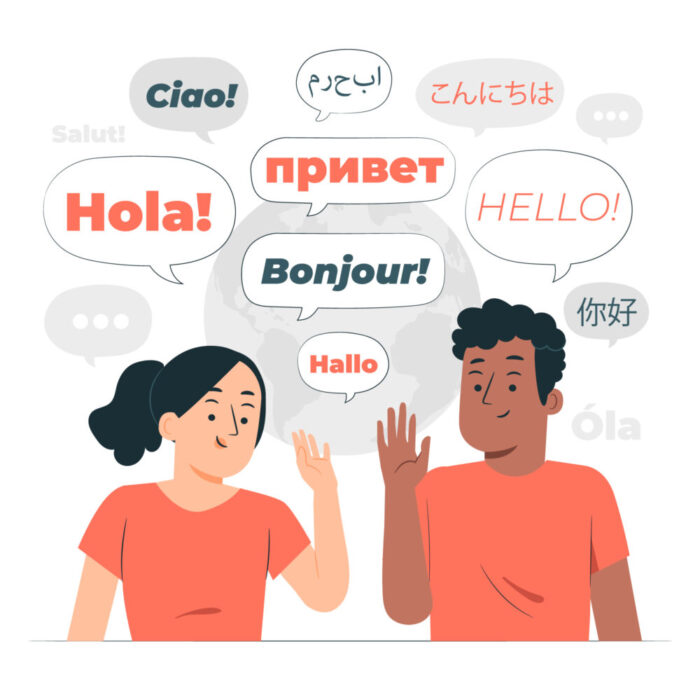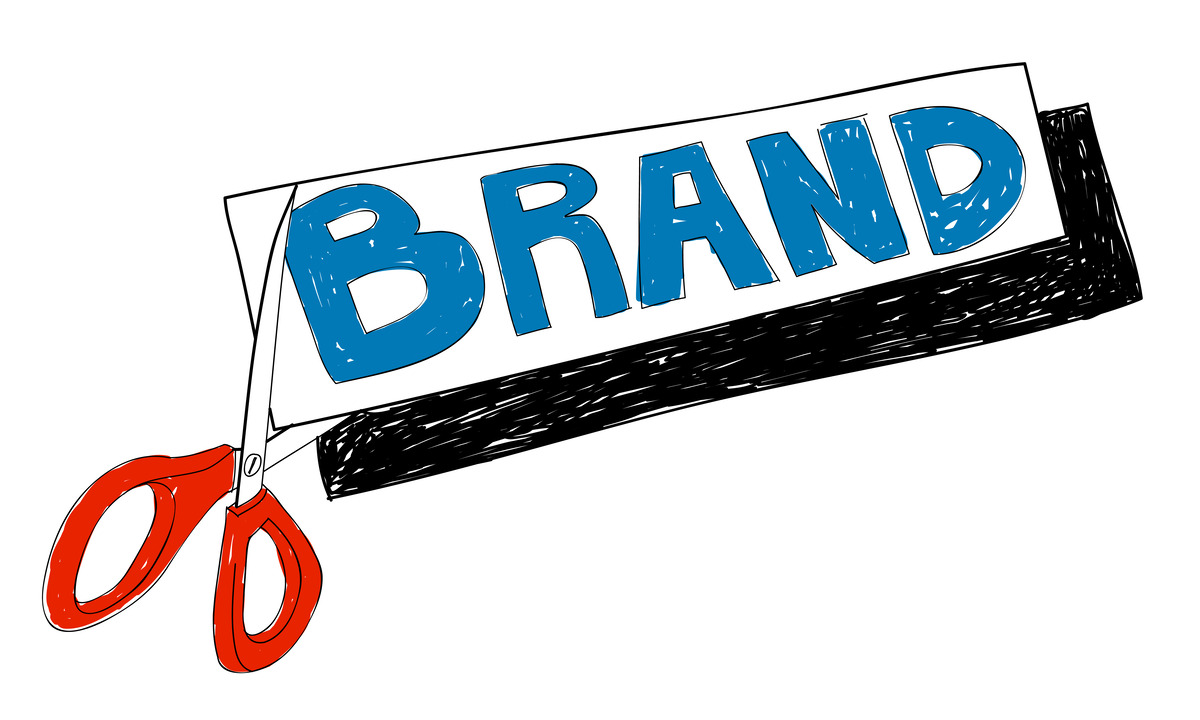In today’s globalized world, businesses need to connect with diverse audiences across different cultures and regions. One of the most effective ways to achieve this is by adopting a multilingual branding strategy. Language is more than just a tool for communication; it is deeply tied to culture, emotions, and identity. By using multiple languages in your branding, you can create a deeper connection with your target market, expand your reach, and strengthen your brand’s global presence.
Here’s how businesses can strategically use multiple languages for successful branding:
1. Understand Your Audience and Markets
Before diving into multilingual branding, it’s crucial to understand your target audience’s linguistic preferences. Research the languages spoken in the regions where you want to expand and analyse which ones resonate most with your customer base. For instance, while English might be the global business language, regions like Latin America or the Middle East may require Spanish or Arabic to foster stronger connections.
A deep understanding of local languages allows you to tailor your messages in a way that feels personal and culturally relevant, building trust and brand loyalty.
2. Prioritise Key Languages
While it may be tempting to translate your brand into as many languages as possible, this can lead to inefficiencies. Instead, identify key languages based on market potential, cultural impact, and your business goals. For example, if you’re expanding into Europe, focusing on major languages like French, German, and Spanish can give you wider access to diverse markets without spreading your resources too thin.
Prioritise the most influential languages that align with your target audience, ensuring quality translations that accurately reflect your brand voice.
3. Use Localization, Not Just Translation
Branding is not just about word-for-word translation; it’s about localising content to fit the cultural nuances, idioms, and values of each region. Localization goes beyond language; it involves adapting colors, imagery, humour, and messaging to ensure that your brand feels authentic in each market.
For example, certain colors may have positive connotations in one culture but negative ones in another. Adapting such elements ensures that your brand resonates emotionally with your audience.
4. Maintain Consistency Across Languages
While localization is essential, maintaining your brand’s core message and identity across all languages is just as important. Consistency ensures that your global audience recognizes and connects with your brand, no matter the language.
Develop a clear brand guideline that includes your mission, values, tone, and visual elements. Ensure that this guide is followed by translators and local teams to avoid misinterpretation or dilution of your brand’s essence. This helps maintain brand recognition while allowing room for cultural adaptability.
5. Leverage Multilingual Social Media
Social media platforms offer an ideal space to implement your multilingual branding strategy. By creating region-specific accounts or posts, you can directly engage with local audiences in their preferred language. For example, brands like Coca-Cola and Nike often create local versions of their global campaigns to connect with audiences on a deeper cultural level.
Using region-specific hashtags, language-specific content, and engaging local influencers can amplify your reach and foster genuine connections with diverse markets.
6. Harness the Power of Multilingual SEO
If you’re expanding your brand into new regions, multilingual SEO is a must. Optimising your website and digital content in multiple languages can drive organic traffic from different markets. Start by conducting keyword research for each language and region, ensuring that your content ranks for the terms and phrases your target audience is searching for.
Creating language-specific landing pages and blogs can also enhance your site’s SEO performance while catering to local audiences.

7. Tailor Advertising and Marketing Campaigns
When advertising across different countries, it’s vital to tailor your messaging and imagery to fit local tastes. Multilingual ads help your brand speak directly to regional audiences and avoid cultural missteps that could damage your reputation. Consider running ads that align with regional holidays, customs, or local trends, using the language and cultural symbols your target market identifies with.
Localized campaigns also allow you to experiment with different strategies, A/B testing for effectiveness in each region.
8. Develop Multilingual Customer Support
Multilingual branding doesn’t stop at marketing — customer support is a crucial part of the brand experience. Offering customer service in multiple languages can significantly improve customer satisfaction and loyalty. When customers feel understood and valued, they’re more likely to stay with your brand long-term.
Use language-specific customer service teams, chatbots, or helplines to offer support that caters to local language needs.
9. Collaborate with Local Influencers
Working with local influencers is another way to make your brand relevant across language barriers. Influencers who speak the local language and understand the culture can help bridge the gap between your global brand and local consumers.
Collaborating with regional influencers provides authenticity and can greatly enhance your brand’s credibility in new markets.
10. Monitor and Adapt Your Strategy
A multilingual branding strategy is dynamic and requires continuous monitoring. Pay close attention to how different languages perform in various regions. Analyse customer engagement, feedback, and sales data to refine your strategy and improve effectiveness.
Don’t hesitate to adjust your approach if certain translations or localized campaigns aren’t resonating as expected.

Conclusion
Using multiple languages in your branding strategy is a powerful way to expand your business globally while creating authentic connections with diverse audiences. By prioritizing key languages, localising content, and maintaining brand consistency, you can build a strong international presence and foster loyalty across borders.
Multilingual branding is not just a marketing tactic; it’s a way to show your commitment to understanding and serving your audience, no matter where they are in the world.


